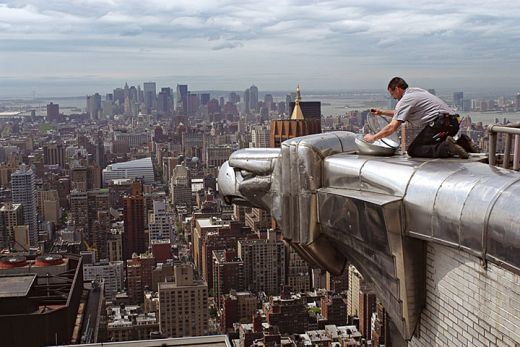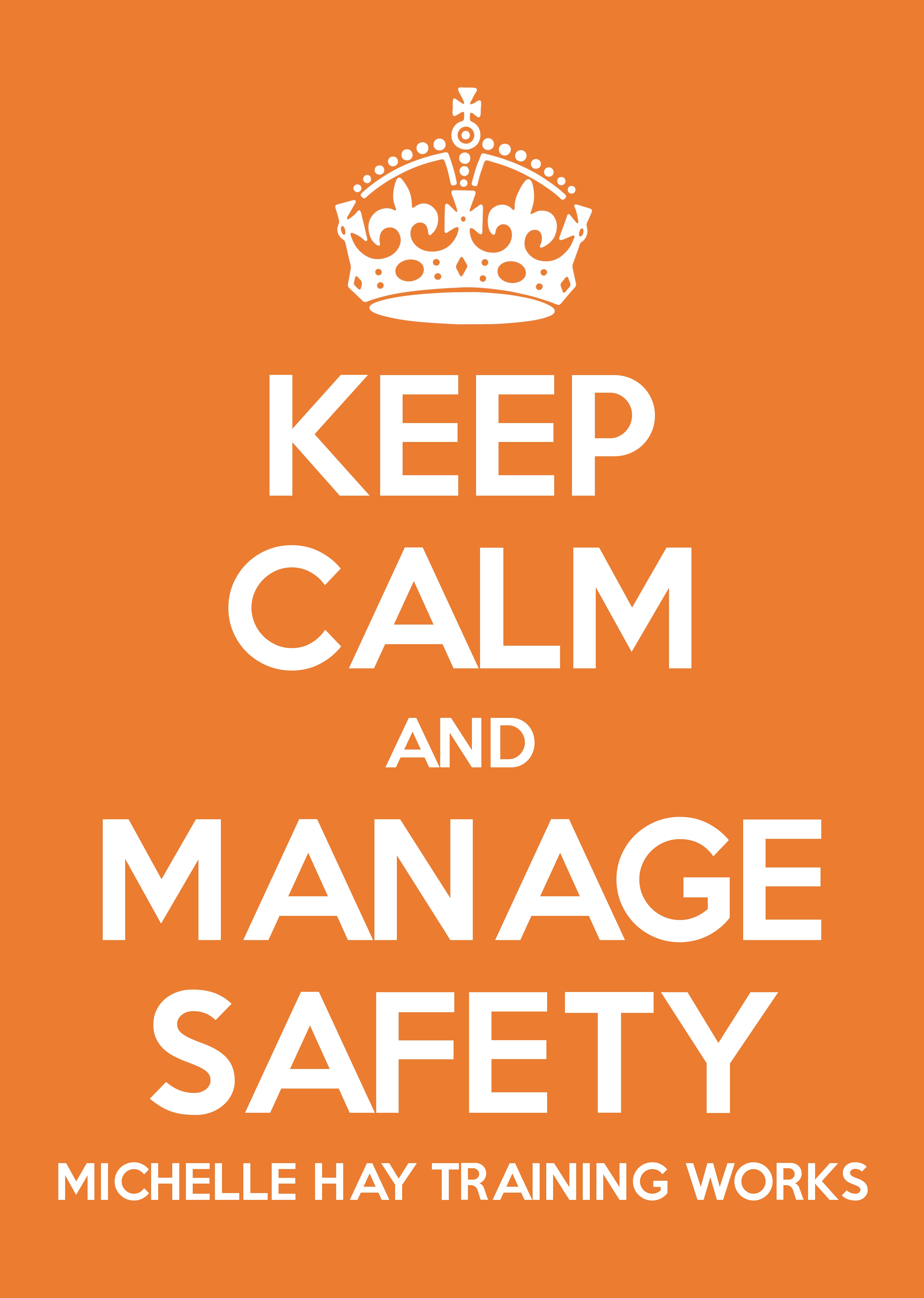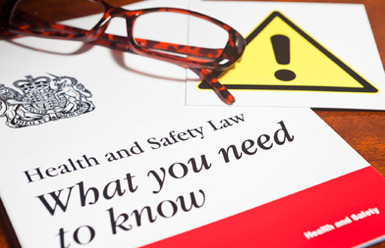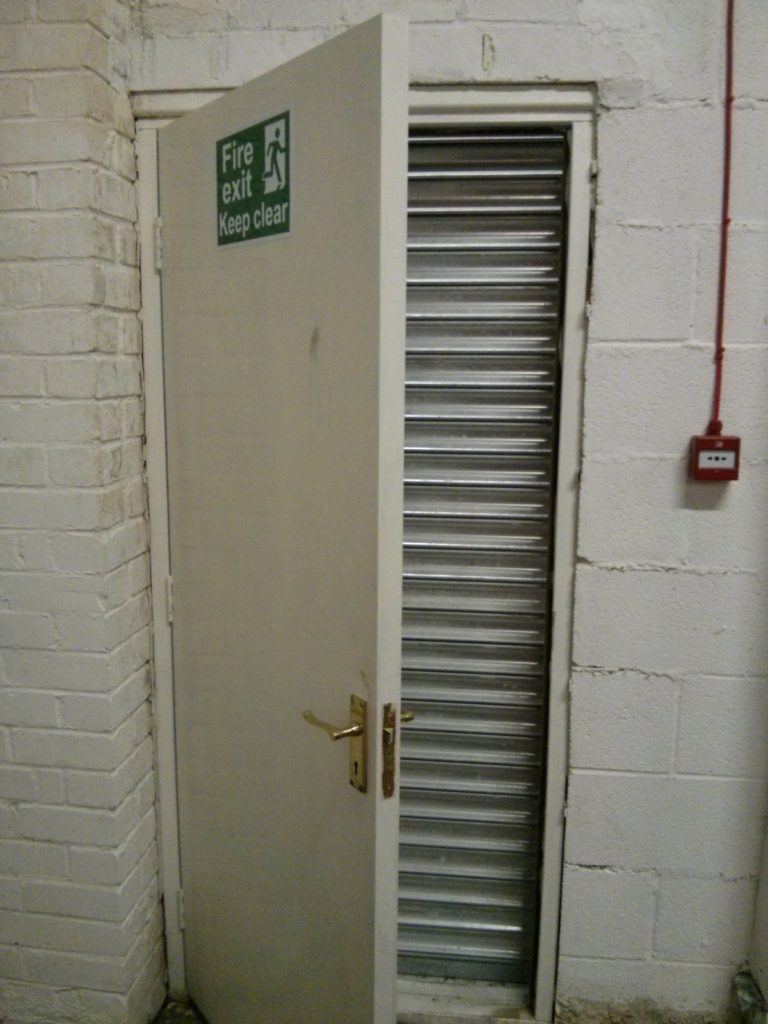Are your staff lone workers?
If you can answer the question ‘Are your staff lone workers’ with a confident yes or no, then you have at least given it some thought. Understanding that you have staff who are ‘lone workers’ is the first step to achieving a safer working environment for them. Lone working can take place when workers are either fixed, transient or mobile.
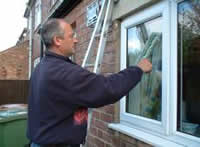 I have frequently encountered employers who do not think that they have any lone workers at all. Yet, once assessed, they usually have a number of them carrying out various duties and tasks. Some of them are working without any other contact from colleagues for long periods and it is not considered to be a problem. It is only if a member of staff fails to show for their break, lunch or clocking out, that someone goes looking for them.
I have frequently encountered employers who do not think that they have any lone workers at all. Yet, once assessed, they usually have a number of them carrying out various duties and tasks. Some of them are working without any other contact from colleagues for long periods and it is not considered to be a problem. It is only if a member of staff fails to show for their break, lunch or clocking out, that someone goes looking for them.
It is a legal duty under the Health and Safety at Work etc. Act 1974 and the Management of Health and Safety at Work Regulations 1999 to carry out risk assessments of staff and the duties that they are carrying out for you. Identifying the risks involved will mean that control measures can be put into place. Your staff can then be trained in the safe practices that will reduce the risk of harm to them whilst at work.
For clarity, here are some examples of who might be classed as lone workers:
Types of lone working:
- work in a shop or petrol station, small railway stations, information kiosks, security gates.
- work in warehouses or automated plants.
- work at home.
- work outside normal hours, e.g. cleaners, maintenance staff, security staff.
- provide services to the public, e.g. social workers, home helps, community nurses.
Mobile lone workers:
- work away from their site, or at remote locations, e.g. construction workers, window cleaners, maintenance, engineers and repair staff.
- workers who travel as part of their work, e.g. sales staff or delivery workers.
- forestry, gardeners and agricultural workers.
How to Manage the Risks
- Consider having a two-way communication reporting in and out system to a specified person, usually a supervisor.
- Make sure that lone workers are not carrying out high risk activities, such as working at height, below ground or confined spaces.
- Ensure that the lone worker knows what to do if things go wrong, i.e. accident or near miss reporting
- Give them access to and/or train them in first aid provisions/persons
- Train the staff, all of them, in the risks and control measures associated with lone working. They can keep an eye on each other and work as a team, even when apart.
- Consider if a lone worker has any medical conditions that might affect them, eg. diabetes, epilepsy or heart condition.
- Check that they returned to base/home/other site etc.
- Check that your systems work. Ask your staff and supervisors for feedback, after all, they are the ones lone working.
- Ensure that all staff are able to carry out a risk assessment following the 5 point basic rules. This will ensure that they at least understand the risks involved.
Don’t Leave Your Lone Workers Vulnerable!
For further advise, training and support with any aspects of health and safety, get in touch today on 0161 298 1040 or complete the contact form.
